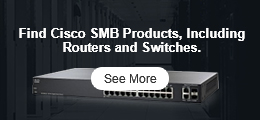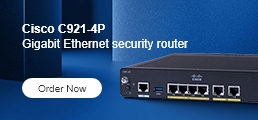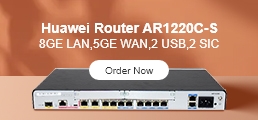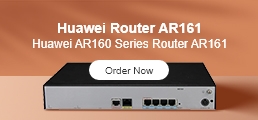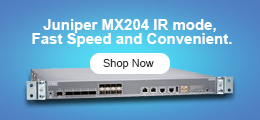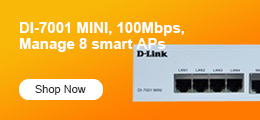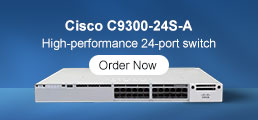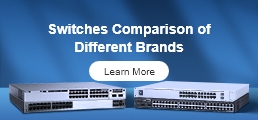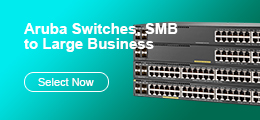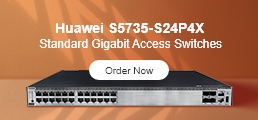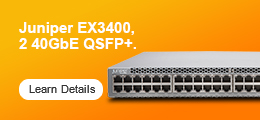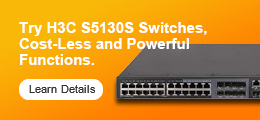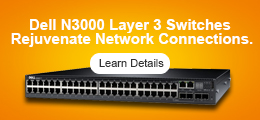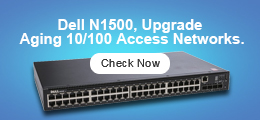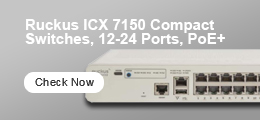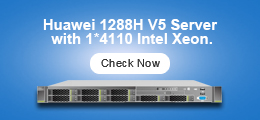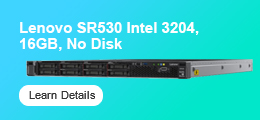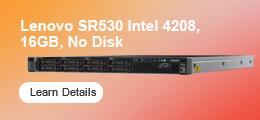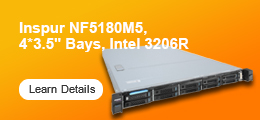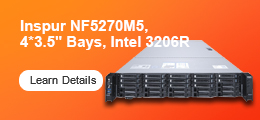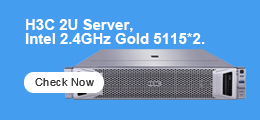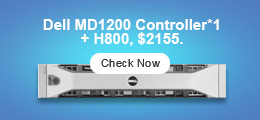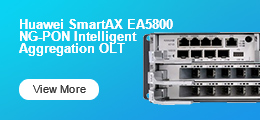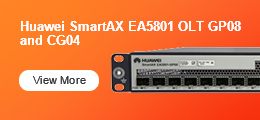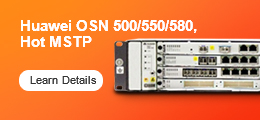Cisco routers are primarily designed for Layer 3 (routing) operations. However, many deployments require Layer 2 (L2) interfaces on routers to support VLAN bridging, simplify IP addressing, and enable services like transparent firewall insertion or WAN edge designs. This guide explains what Cisco router L2 interfaces are, how they work, and practical methods for configuring them in your network.
What Is a Cisco Router L2 Interface?
A Cisco router L2 interface allows a router to operate at Layer 2 (Data Link Layer) on specific interfaces, enabling Ethernet switching and bridging functionalities directly on the router. This is useful when you need to:
✅ Connect multiple devices in the same VLAN without requiring a separate switch.✅ Enable bridging for specific services or testing environments.
✅ Support branch or small office deployments requiring routing and switching in one device.
By default, most Cisco routers, such as the ISR4000 series, operate as Layer 3 devices on all built-in interfaces, forwarding packets based on IP routing.
How Cisco Routers Provide Layer 2 Interfaces
1️⃣ Using NIM Modules for L2 Switching
Cisco ISR4000 series routers (e.g., ISR4431, ISR4451) provide Layer 2 interfaces via Network Interface Modules (NIM):
- NIM-ES2-8-P or NIM-ES2-16-P modules add 8 or 16-port Layer 2 switch interfaces to the router.
- These modules allow VLAN configuration, trunking, spanning-tree, and Layer 2 security features similar to a Cisco switch.
- You can configure interfaces in switchport mode for access or trunk operations.
Example: Configuring a Layer 2 Interface
Router(config)# interface GigabitEthernet0/0/0
Router(config-if)# switchport
Router(config-if)# switchport mode access
Router(config-if)# switchport access vlan 10
Router(config-if)# no shutdown
2️⃣ Integrated Layer 2 Bridging with BVI
On certain Cisco routers, you can create a Bridge Virtual Interface (BVI) to enable Layer 2 bridging among interfaces while assigning an IP address for management or routing:
- Create a bridge group and add interfaces.
- Configure a BVI interface with an IP for Layer 3 reachability.
- Useful for simple bridging without full VLAN switching.
Example:
Router(config)# bridge 1 protocol ieee
Router(config)# interface GigabitEthernet0/0/0
Router(config-if)# no ip address
Router(config-if)# bridge-group 1
Router(config)# interface BVI1
Router(config-if)# ip address 192.168.1.1 255.255.255.0
When Should You Use Layer 2 Interfaces on Cisco Routers?
Using Layer 2 interfaces on Cisco routers makes sense when:
✅ You have limited space/power at branch sites but need basic switching and VLAN segregation.✅ You need to connect VoIP phones, cameras, or APs directly to the router with VLAN tagging.
✅ You require Layer 2 VPN or bridging functions for specific applications.
✅ You want to consolidate routing and switching into a single device to reduce complexity.
For larger campus or data center environments, it is more efficient to use dedicated Catalyst or Nexus switches for Layer 2 switching, reserving routers for Layer 3 services.
Cisco Routers vs Switches for Layer 2 Needs
| Aspect | Cisco Router L2 Interface | Cisco Switch (Catalyst/Nexus) |
| Primary Role | Routing with optional L2 | Layer 2/3 Switching |
| MAC Address Scale | Limited | High scale (thousands) |
| VLAN Support | Supported with NIM modules | Full VLAN, PVLAN, VXLAN |
| PoE Support | Available on some NIM modules | Broad PoE/PoE+ support |
| Use Cases | Branch, test, small offices | Campus, access, DC fabrics |
Verifying L2 Interface Status on Cisco Routers
You can use the following commands to verify Layer 2 interfaces:
show interfaces switchport– Check VLAN membership and mode.show vlan brief– List VLANs and associated ports.show mac address-table– Verify MAC learning.show spanning-tree– Monitor STP status if enabled.
FAQ: Cisco Router L2 Interface
Q1: Can Cisco ISR routers provide Layer 2 interfaces natively?
A1: No, ISR routers are Layer 3 by default; Layer 2 requires NIM modules or BVI configurations for bridging.
Q2: Can I configure VLANs on a Cisco router?
A2: Yes, using NIM switch modules, you can configure VLANs, trunks, and access ports directly on the router.
Q3: What are the benefits of using L2 interfaces on routers?
A3: Space-saving, cost efficiency, simplified branch deployments, and Layer 2 VPN use cases.
Q4: Does a router with L2 interfaces replace a switch?
A4: For small deployments, yes. For scalability and advanced L2 features, using a dedicated switch is recommended.


